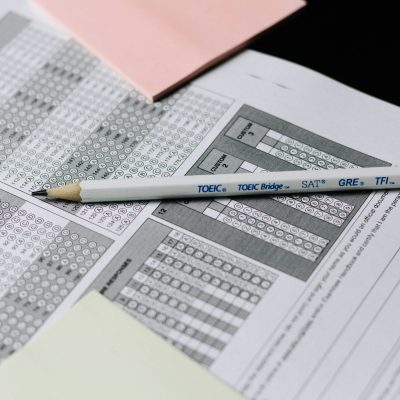Acceptance, yay! Financial aid letter, oh no. But I really want to go to this school. Proceeds to take out tens of thousands of dollars in student loans out just for one year. Goes to school and really enjoys it. Tuition goes up the following year, but the 19-year old child does not care. Same thing goes for junior year and senior year, and now the student is stuck with all this debt that takes them 40 years to pay off. This cycle is something that millions of Americans go through, and the government — possibly up until very soon — has done very little to stop it.
Well over a trillion dollars of student debt is owed to the government, which, according to Student Loan Hero, is $739 billion higher than credit card debt in America. On top of focusing on their studies and paying for current, day-to-day living expenses, millions of students have a substantial amount of money they need to pay lenders. It is also important to note that college students who work part-time make $36,824 per year on average. The mental toll, according to many college students and people who have gone to college, puts them in a very uneasy position for a large chunk of their lives.
CNBC featured a 59-year old man named Ed McKinley who wanted to buy a house in New Hampshire. At first, he experienced no problems until his mortgage company learned of his federal student loan debt of $34,000. Its lack of comfortability with him being in that much debt ultimately led to the notice that he had to move out. There have been millions of Ed’s in recent years due to the high convenience of taking out loans.
In a poll that included 1,000 participants also conducted by Student Loan Hero, 70% of students in debt expressed their issues with headaches and worry over the stress they battle to overcome.
During the final step of their college careers, they not only anticipate the beginning of their careers but plan how they will pay out their college debt. According to Zamzam Warsame, a 19-year old college student at UMass Boston, the fear of student debt held her back from attending a more prestigious school.
“I was afraid that I would be unable to pay tuition and probably too reliant on the offered loans,” said Warsame. Although she enjoys the college she attends, most students feel the need to settle at a school that does not give them anything more than a degree, and many see an alarming issue in that.
President Joe Biden stated during the election period that he plans on removing $50,000 of debt from each individual drowning in loans; however, ever since he entered office, he has shown a very small effort to fulfill his promises. Recently, Biden proposed an excretion of $10,000 from students — going back on the $50,000 — and protests for a more significant change in this regard continue. So far, no loans have been touched by Biden’s administration.
Michelle Gualdron, a UMass Boston student currently obtaining her graduate degree, says she is in debt of over $60,000 and has not made any payments due to her primary focus on her studies. She has hope that one day her fellow Bostonian students will feel more comfortable entering college if and when the day comes that student debt no longer becomes a problem. “If tuition were free, more students will be motivated to attend college,” she says.
Gualdron also brings up the very relevant racial matters that come into play with this situation as well. She believes “students [who] have immigrant parents will feel as if they do not have the same opportunity to receive an education as their white peers.” This further emphasizes the importance of making change a reality for children all over the United States. This point is supported by a race and equality in schools report done by the Anne E. Casey Foundation where it found that students of color with the same high test scores as Asians and whites do not get as many seats in advanced classes. Following the Black Lives Matter movement, discussions over the impact of racial segregation on school children are on the rise, along with ways that we can tackle the problem so students will be given more opportunities in their later stages of education.
Another issue to consider is that student loan debt is a lot more complicated than most believe. Colleges are essentially businesses, and this issue has a lot to do with the ongoing system of capitalism in America. In many European countries, such as Norway and Denmark, cheaper, higher education options exist for students; in Norway, attending any public university regardless of nationality is completely free.
In an article written by New York Times journalist Lara Takenaga, over 800 non-American college students from all over the world including countries like Ireland and Taiwan reveal their debt due to college tuition. All, with the exception of New Zealand students, had no debt to pay. This seems to be the light the American youth hunger for. How to get there and how long it will take are unanswered questions that may be met with answers soon.










